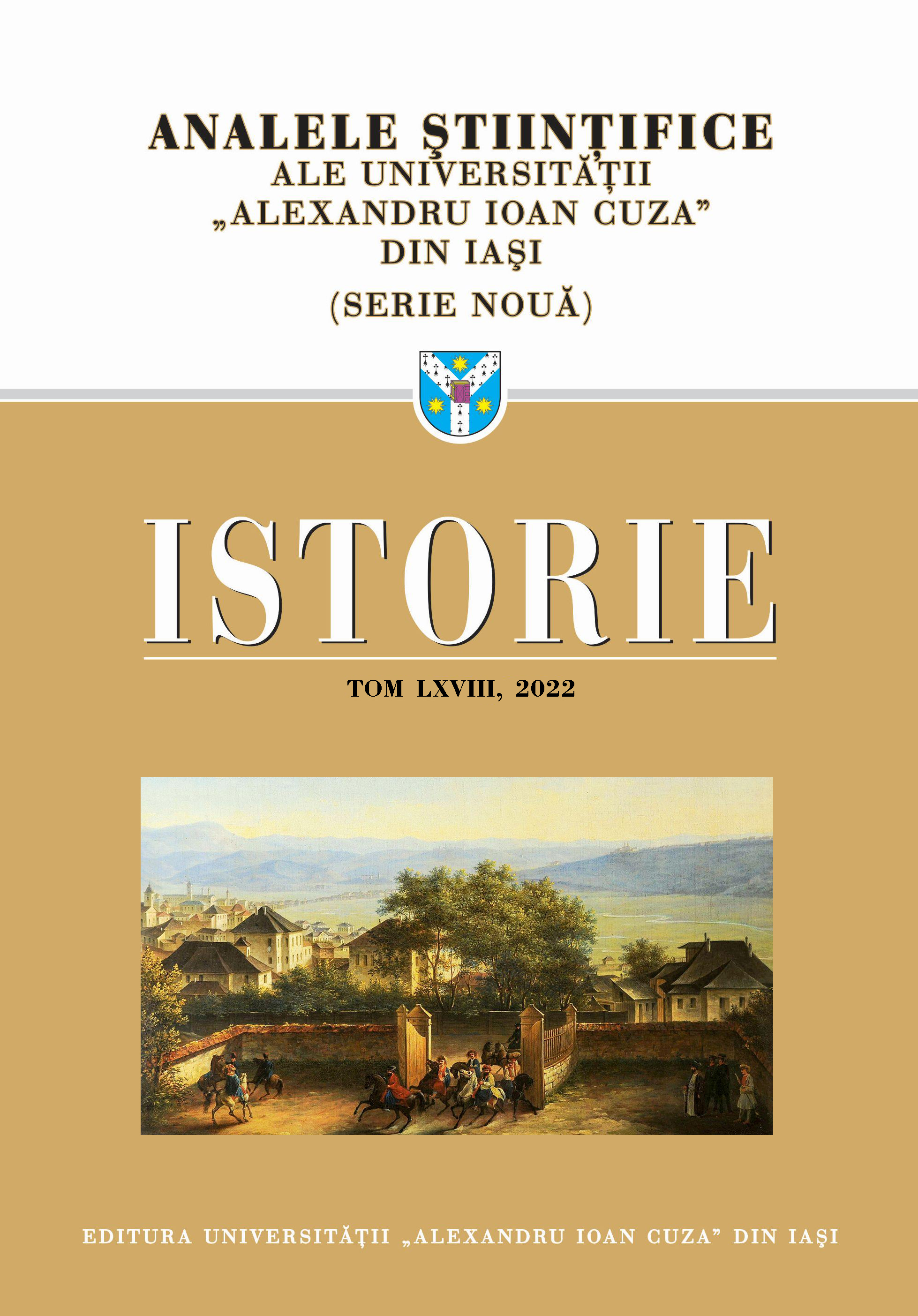Ţinutul Romanului în cadrul organizării administrative a Moldovei în secolul XVIII – prima jumătate a secolului XIX
Roman County in the administrative organization of Moldova in the 18th century – first half of the 19th century
Author(s): Georgiana Mădălina MihaiSubject(s): History, Economic history, Local History / Microhistory, Social history, 18th Century, 19th Century
Published by: Editura Universităţii »Alexandru Ioan Cuza« din Iaşi
Keywords: Mavrocordat; Organic Regulation; Roman; reform; county;
Summary/Abstract: The dependence of the economy, administration and politics in the mid-18th century on the agrarian profile of Romanian society made it necessary to introduce new forms and structures, close to the modern ones, characteristic of Europe of the time. The reforms initiated by Constantin Mavrocordat, started with the promulgation of the Great Hrisov of 7 February 1741 – the basis of the Organic Regulation adopted in both Principalities between 1831 and 1832 –, were social, administrative, judicial and fiscal. Their purpose was on different levels, aiming to stop abuses, eliminate the accumulation of powers, establish the functioning of the judiciary system, standardize fiscal obligations towards the state and extend the category of taxpayers. From an administrative point of view, the number of counties of Moldavia varied according to the reign and historical circumstances, in the period between the 18th century and the first half of the 19th century. Roman County appeared constantly in the lists identified in various documents, from the “Aşezământul” from 1741 to the “Condica liuzilor” from 1803 and the cartographies made in the first half of the 19th century. The division of Roman County into three subdivisions, the Upper, Lower and Middle districts, made in 1741, was to be maintained until the new administrative-territorial organization from 1835, which began with the process of the enlargement of the counties, stipulated in Article 139 of the Organic Regulation. In the “Table of the village community”, which came into force only with the ruler’s approval in 1835, among the 13 counties of Moldavia, the Roman county was divided into four districts: Moldova, Siretul de Sus, Siretul de Jos and Fundul. Although applied under provisional conditions, the “Table of the village community” represented the model of the administrative-territorial organization of Moldavia, until 1864.
Journal: Analele Ştiinţifice ale Universităţii »Alexandru Ioan Cuza« din Iaşi. Istorie
- Issue Year: 2022
- Issue No: 68
- Page Range: 321-336
- Page Count: 16
- Language: Romanian

